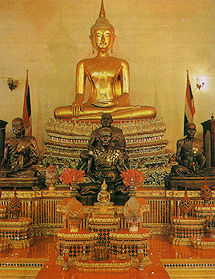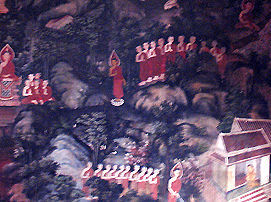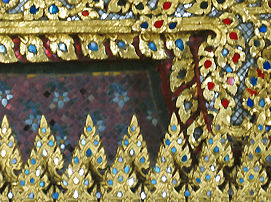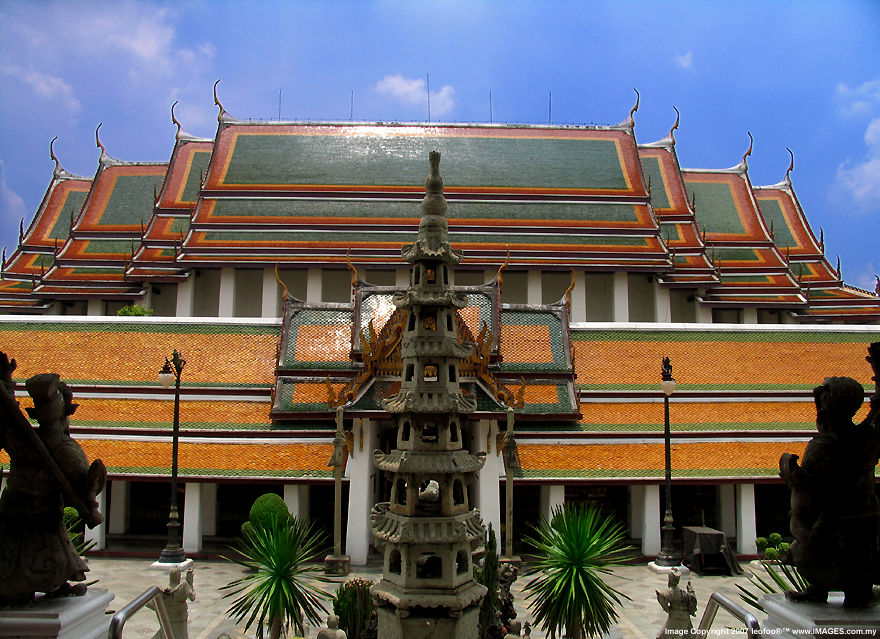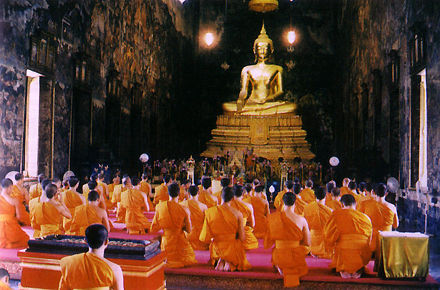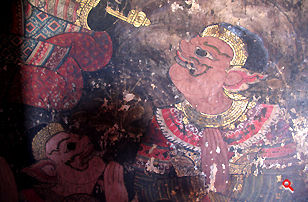Index
Page
| Page
One
| Page
Two
| Page
Three
|
| Page Four- version history of amulets
from Wat Suthat -part I
| Page
Five - version history of Phra Kring from Wat Suthat |
Back
to Main Index Pages of
Thai Buddhist Amulets Section | Interesting Buddhist Landmarks in Asia
Message Board for Questions and
Answers
HOME - Photography in Malaysia
This
is NOT an Official Site of Wat Suthat but rather, it serves as a visual journal and
double itself as an introduction to this lovely sacred site. The creator of this
site has no relationship or whatsoever with the Temple and/or its management. Wat
Suthat has an Official Website on their own and any information contain herein in
correctness of content should be referring to the content appeared in their OFFICIAL
SITE.
Terms of Use:- Depending on individual expectation or usage, photos contained
herein may not be regarded as great pictures to some but they are personal visual
collection compiled over years on this specific subject. IF you want to use any of
the images contained herein for personal use, educational purposes and/or promotional
works for our country; by all means USE THEM ! Although a credit is welcomed, but
it is NOT entirely necessary. A link to Official Site of Wat Suthat (in Thai) is always encouraged
. But, If you intend to use and/or attempt to alter original form on any of the images
published in this site for commercial applications, just mail our editors at www.IMAGES.com.my or www.NATURE.com.my to clarify detailed terms of usage (there
are plenty other higher resolution images not published for private viewing). All
or part of the said fees from such possible sale collected will be donated to our
pet project: Khatulistiwa@Malaysia Project.
Copyright ©
1998~2007. leofoo®
MIR Web Development
Team
Credit: To all the good people
who have contributed their own experience, resources or those who are kind enough
in granting us the permission to use their images that appeared on this site. For
materials, I have used some scanned images of the winning entries compiled under
the "Dictionary of Buddha's Small Images" - which is my inspiration and
provides wealth of information to version history. Note: Certain content and images appeared on this
site were taken by using a Canon PowerShot Pro-1 digital camera. Some materials appeared
on this site were scanned from some leaflets, brochures or publications published
by Wat Suthat and/or contribution from surfers who claimed originality of their work
for educational purposes. The creator of the site will not be responsible for any
discrepancies that may arise from such dispute except rectifying.
